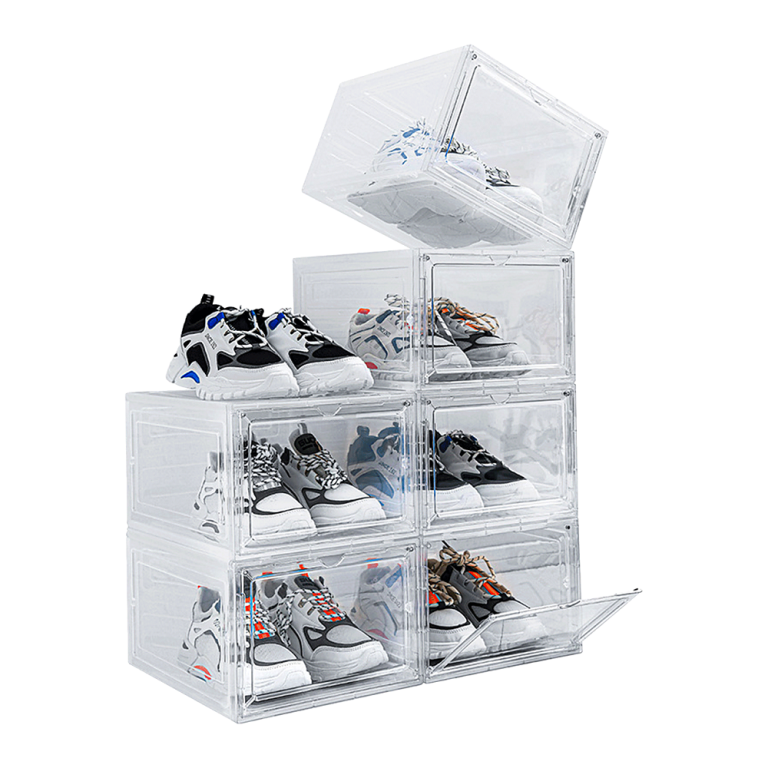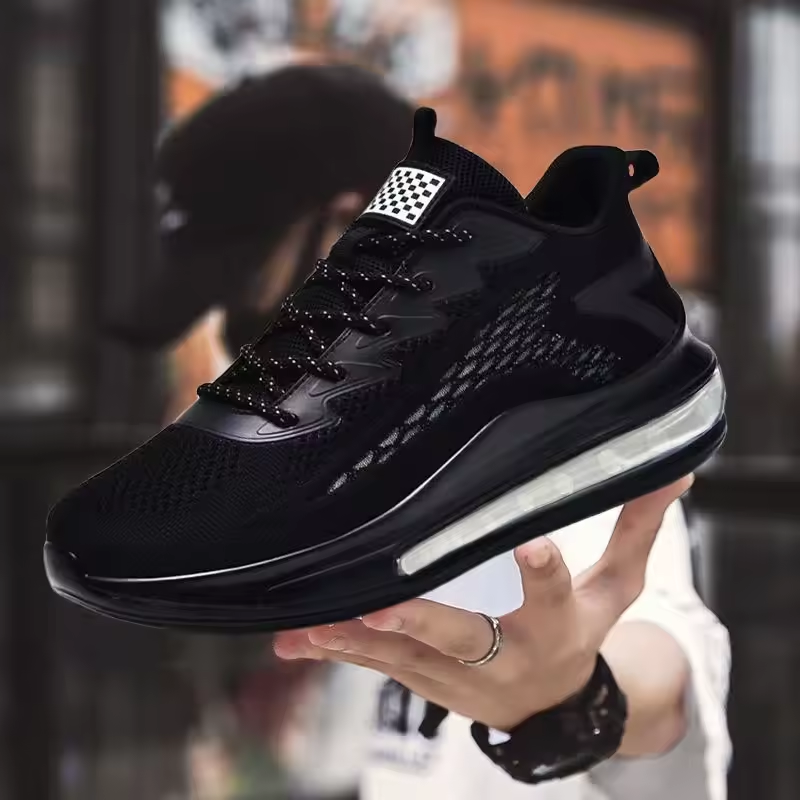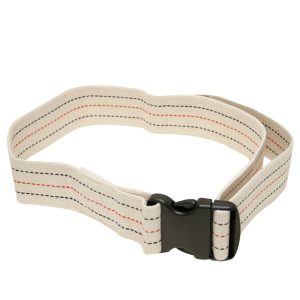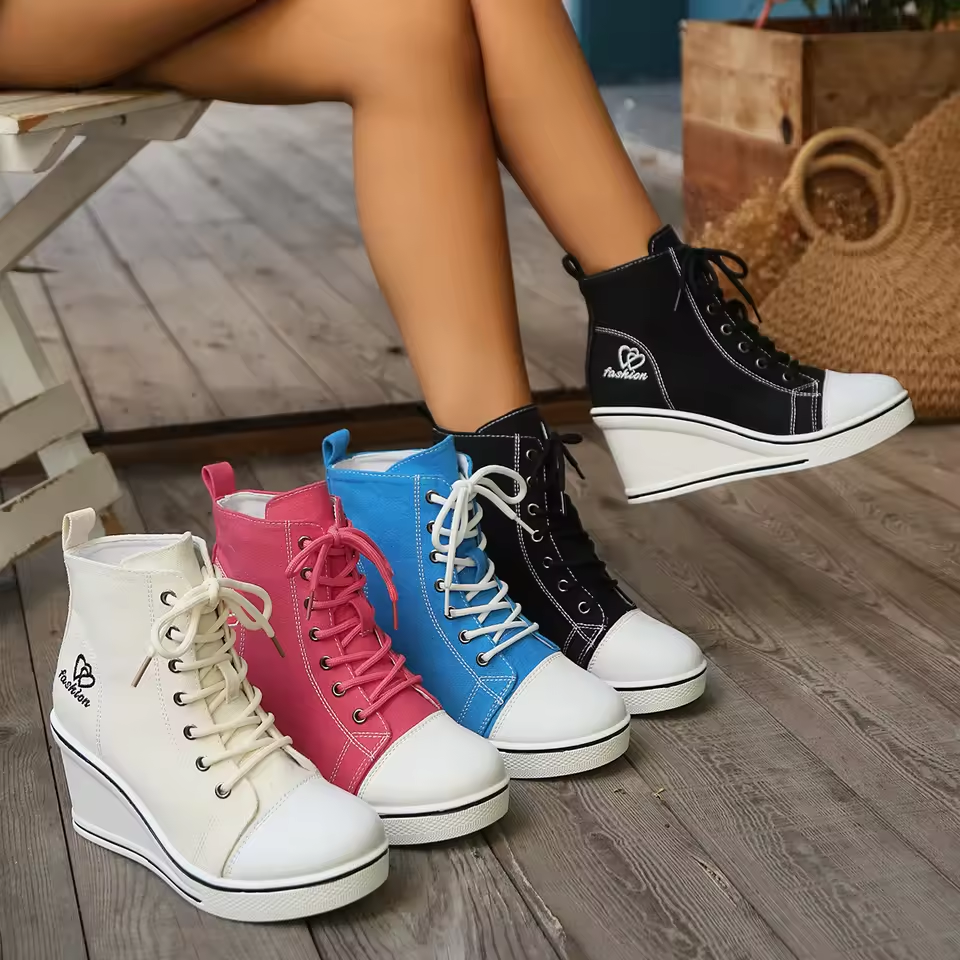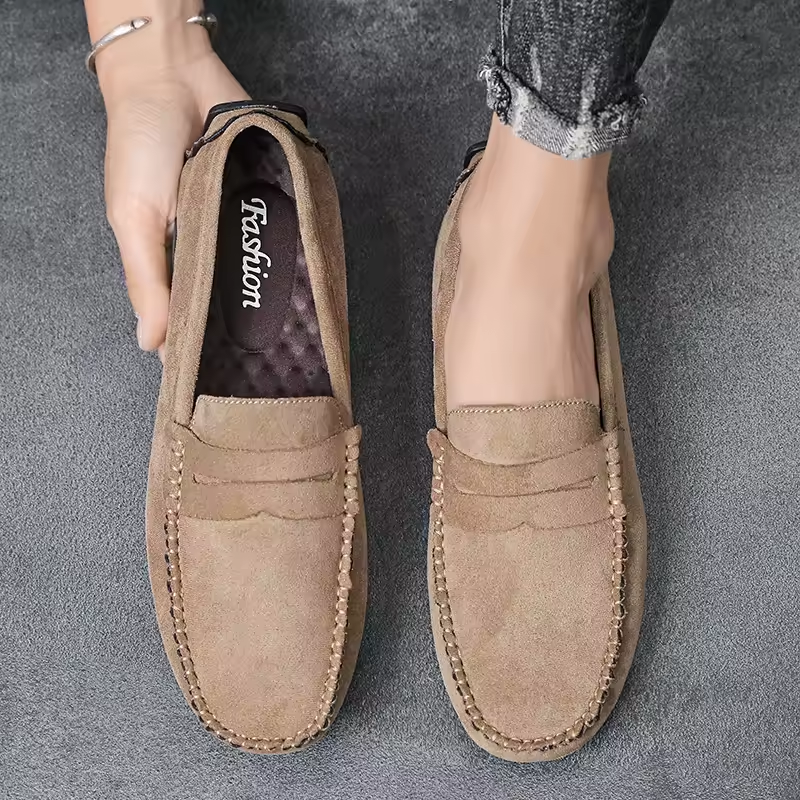Sneakers have evolved from simple athletic footwear to cultural icons that transcend their original purpose. The journey of crafting these iconic shoe designs begins in the sneaker factory, where innovation and craftsmanship converge. Understanding the processes involved in sneaker production sheds light on how these beloved shoes are made and what factors contribute to their popularity. This article explores the intricate journey of sneaker manufacturing, from design concepts to the final product, while examining the impact of technology, sustainability, and cultural relevance.
The Evolution of Sneakers
Historical Background
Sneakers had humble beginnings in the late 19th century when they were first designed as practical footwear for sports. The first rubber-soled shoes were produced by companies like Goodyear, providing athletes with improved traction and comfort. These early models laid the groundwork for what would eventually become the modern sneaker we know today.
By the 1920s and 1930s, sneakers began to align with specific sports, leading to brand collaborations. Companies such as Converse introduced athletic shoes designed for basketball, while others like Keds catered to the expanding market of tennis players. Over the decades, sneakers continued to evolve, driven by technological advancements and rising athletic performance standards.
Cultural Impact
The popularity of sneakers surged in the 1980s and 1990s when hip-hop culture and streetwear began influencing fashion. Icons like Michael Jordan and Run-D.M.C. brought sneakers into the mainstream, transforming them from athletic gear to fashion statements. The Air Jordan line launched by Nike became a cultural phenomenon, solidifying sneakers as sought-after items beyond sports.
As sneaker culture flourished, so did the appreciation for limited releases and collaborations with designers and artists. Collectors began to recognize the value of rare sneakers, turning them into coveted collectibles. The sneaker industry expanded, leading to a diverse array of styles, designs, and aesthetics that cater to various tastes and lifestyles.
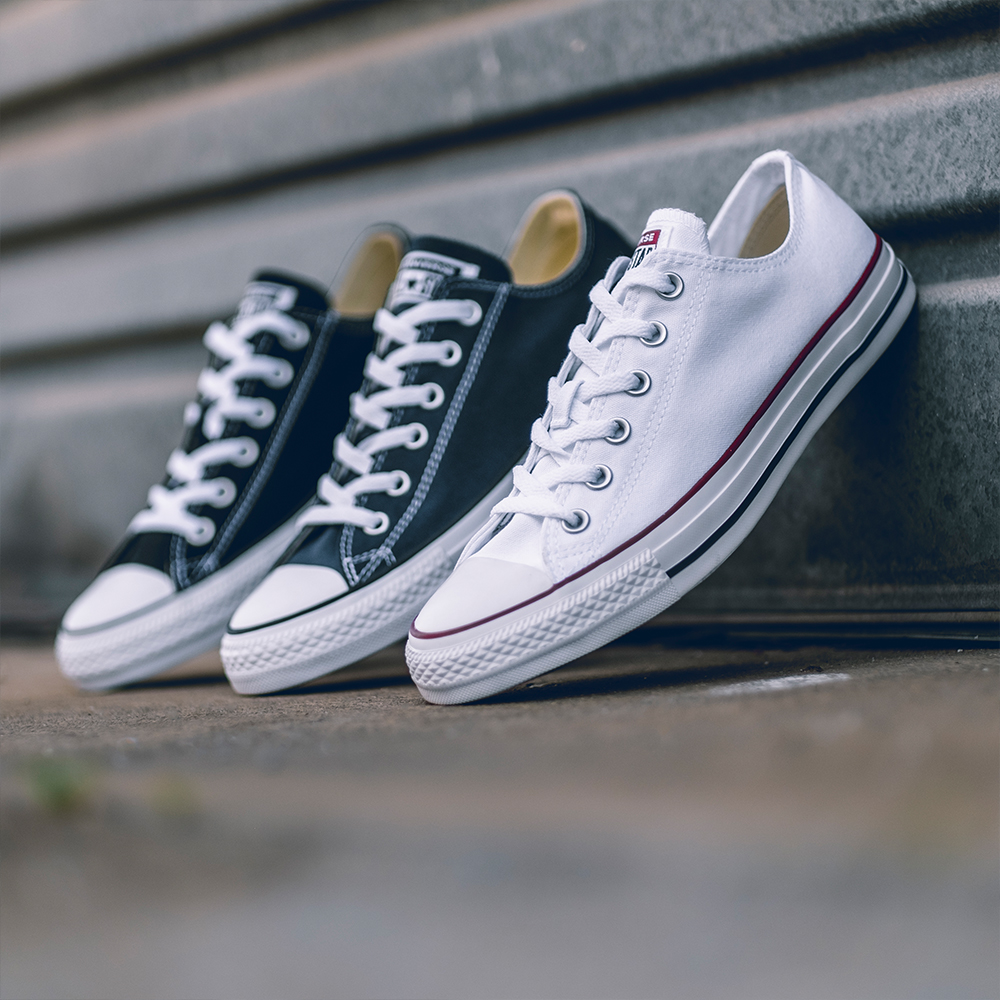
The Design Process of Sneakers
Concept Development
The journey of creating a sneaker begins with concept development. Designers usually start by identifying a target audience and researching current trends within the athletic and fashion industries. Sketches and mood boards help visualize ideas, ensuring that the final design resonates with potential consumers.
During this phase, collaboration between designers, marketing teams, and performance specialists is vital. Designers must balance style with functionality, considering factors such as comfort, support, and durability. The use of cutting-edge software allows designers to create 3D models that offer a more accurate representation of the final product.
Material Selection
Once a design concept is established, the next step involves selecting materials. The choice of materials is critical, as it impacts the shoe’s performance, aesthetics, and sustainability. Common materials include mesh for breathability, synthetic leathers for durability, and rubber for traction.
Brands today are increasingly prioritizing sustainable materials, such as recycled plastics or organic cotton, reflecting a growing awareness of environmental concerns. As consumers demand transparency and eco-friendliness, many sneaker manufacturers are developing innovative solutions to reduce their carbon footprint. This commitment to sustainability is shaping the selection of materials during the design process.
Manufacturing Sneakers: Step by Step
Cutting and Preparing Materials
The manufacturing process begins in the sneaker factory, where raw materials are cut and prepared. Large rolls of fabric, rubber, and other materials are laid out and cut into specific shapes based on the sneaker design. Precision is crucial during this stage, as inaccurate cuts can lead to wasted materials and compromised quality.
After cutting, the pieces are often sorted and organized for assembly. Some factories utilize automated cutting machines to enhance efficiency and accuracy. This technology allows for high-quality production while streamlining the manufacturing process.
Assembling the Shoe
Once the materials are trimmed and organized, the assembly phase begins. Skilled workers piece together the various components, starting with the upper part of the sneaker. This stage often involves stitching the fabric to create the shape of the shoe, followed by attaching additional elements such as overlays, logos, and eyelets.
After the upper is complete, it is attached to the midsole. The midsole is essential for cushioning and support, often made from materials such as EVA (ethylene vinyl acetate) or polyurethane. During this phase, the outsole is also added, which provides traction and durability. The entire assembly process requires precision and expertise to ensure the shoe meets quality standards and performs well.

Quality Control and Testing
Ensuring Consistency
Quality control is a crucial aspect of sneaker manufacturing. After assembly, each shoe goes through rigorous inspection to identify any defects or inconsistencies. Inspector teams assess the lace locks, stitching, and overall finish to ensure that every pair meets the brand’s quality standards.
The inspection process also checks the functionality of the shoe. This includes testing the traction on the outsole and ensuring proper cushioning in the midsole. It is essential that every sneaker performs well in its intended use, whether for running, basketball, or casual wear.
Performance Testing
In addition to visual inspections, performance testing is conducted to guarantee that the sneakers meet the needs of athletes and consumers. This stage may involve real-world testing, where athletes wear the shoes in various conditions to assess comfort, durability, and performance. Feedback from testers is invaluable during this stage, as it helps manufacturers make necessary adjustments before mass production.
Companies often collaborate with professional athletes, influencers, and industry experts during this testing phase. Their insights and opinions help brands fine-tune their products and ensure they meet the high standards expected in the competitive sneaker market.
The Role of Technology in Sneaker Production
3D Printing
The integration of technology into sneaker manufacturing has transformed the industry. One of the most significant advancements is the use of 3D printing. This technology allows manufacturers to rapidly prototype shoe designs, reducing the time and cost associated with traditional methods of production.
3D printing can also facilitate customized shoe designs, enabling consumers to personalize their sneakers to match their unique preferences. This shift towards customization enhances consumer engagement and satisfaction, making sneakers even more appealing.
Automated Manufacturing
Alongside 3D printing, automation has become a prominent feature in sneaker production. Many factories incorporate robots for tasks such as stitching, cutting, and assembling. Automation not only increases efficiency but also reduces labor costs and the potential for human error.
While some traditionalists may worry that automation diminishes craftsmanship, the reality is that it allows skilled workers to focus on more intricate and detailed aspects of production. The collaboration between technology and human expertise can result in high-quality sneakers that meet modern demands.

Sustainable Practices in Sneaker Manufacturing
Eco-Friendly Materials
As the sneaker industry grapples with environmental concerns, many brands are prioritizing sustainable practices in their production processes. This shift includes using eco-friendly materials, such as organic cotton, recycled plastics, and natural rubber. These materials often have a smaller environmental footprint compared to conventional options.
Several brands are even pioneering the use of biodegradable materials, which break down more easily at the end of their lifecycle. By investing in these innovative materials, factories can reduce waste and support a more sustainable future.
Ethical Labor Practices
Sustainability in sneaker manufacturing extends beyond materials; it also encompasses ethical labor practices. Many brands are committing to fair labor practices within their supply chains, ensuring that workers are compensated fairly and treated with dignity. This commitment helps protect the rights of those who contribute to the production process.
Brands often conduct sneaker factory audits and collaborate with organizations to enhance transparency. By fostering ethical labor relations, companies can create a more positive impact on both the environment and the individuals involved in sneaker production.
The Future of Sneaker Design and Production
Innovations in Design
As the sneaker industry continues to evolve, new design trends are emerging. Concepts such as minimalism, multifunctionality, and retro aesthetics are gaining traction among consumers. Designers are also exploring how to incorporate smart technology into sneakers, creating footwear that can monitor performance or adjust fit as needed.
This pursuit of innovation inspires creativity and drives competition among brands. Emerging designers and established companies alike are competing to introduce cutting-edge products that resonate with today’s consumers. The future promises thrilling advancements that blend fashion, functionality, and sustainability.
The Role of Community and Culture
The sneaker culture is not just about the shoes; it encompasses community and lifestyle. Sneakers connect people through shared interests, whether it’s sports, fashion, or art. Sneaker conventions, online forums, and social media platforms have enabled sneaker enthusiasts to share their passion and knowledge, fostering a vibrant culture.
As sneaker enthusiasts engage with brands and each other, feedback, ideas, and trends circulate quickly. This dynamic exchange can influence manufacturing decisions and design choices. As the community continues to grow, so too does the importance of understanding consumer desires.

Cultural Significance of Sneakers
Sneakers as Cultural Icons
Sneakers have become more than just functional footwear; they are cultural icons that often reflect broader societal trends. From the streets to the runways, sneakers symbolize youth culture, rebellion, and creative expression. Their presence in music videos, films, and art underscores their role as vehicles of identity and status.
Various sneaker collaborations with musicians and artists have further solidified their cultural relevance. Limited-edition releases and artist-designed models often generate immense buzz, turning sneakers into sought-after cultural artifacts. As a result, people view sneakers not only as practical items but also as a means of connecting with their favorite artists and expressing their personal style.
The Global Sneaker Community
The global sneaker community is a testament to the shoes’ cultural significance. Sneaker culture transcends geographical boundaries, connecting enthusiasts through social media platforms and online forums. Fans engage in discussions around trends, designs, and releases, sharing their collections and experiences. This sense of community fosters an environment where individuals can bond over their shared passion.
The rise of sneaker conventions and trade shows has created opportunities for collectors to come together. Events like Sneaker Con and ComplexCon provide platforms for enthusiasts to buy, sell, and trade sneakers while building relationships with like-minded individuals. Through these gatherings, sneaker culture continues to thrive, fostering connections and a sense of belonging.
The Impact of Collecting Sneakers
Collectors and Resale Markets
The phenomenon of sneaker collecting has grown significantly over the past few decades. Collectors often seek rare editions, collaborations, and vintage models, turning their passion into a serious investment. Some sneakers appreciate over time, with certain pairs selling for thousands of dollars in resale markets. This scalping culture creates a sense of excitement and competition among collectors.
Resale platforms like StockX, GOAT, and Grailed have become marketplace giants, making it easier for buyers and sellers to connect. This new eco-system allows collectors to find coveted sneakers while providing an avenue for brands to leverage the hype around limited releases. The intricate mechanics of collecting sneakers highlight the blending of fashion and finance in contemporary culture.
Community Responsibility and Awareness
With the rise of sneaker culture and collecting comes increased responsibility among enthusiasts. Many in the community are advocating for sustainability, urging brands to consider environmental impacts and manufacturing practices. Awareness campaigns focus on the importance of recycling old sneakers and choosing brands that prioritize ethical practices.
Community-led initiatives, such as sneaker drives or donation campaigns, emphasize the potential for positive impact. Collectors often donate their unwanted shoes to those in need, thereby giving back to their communities. Emphasizing sustainability within the sneaker culture ensures that the love for footwear aligns with broader efforts to protect the planet.
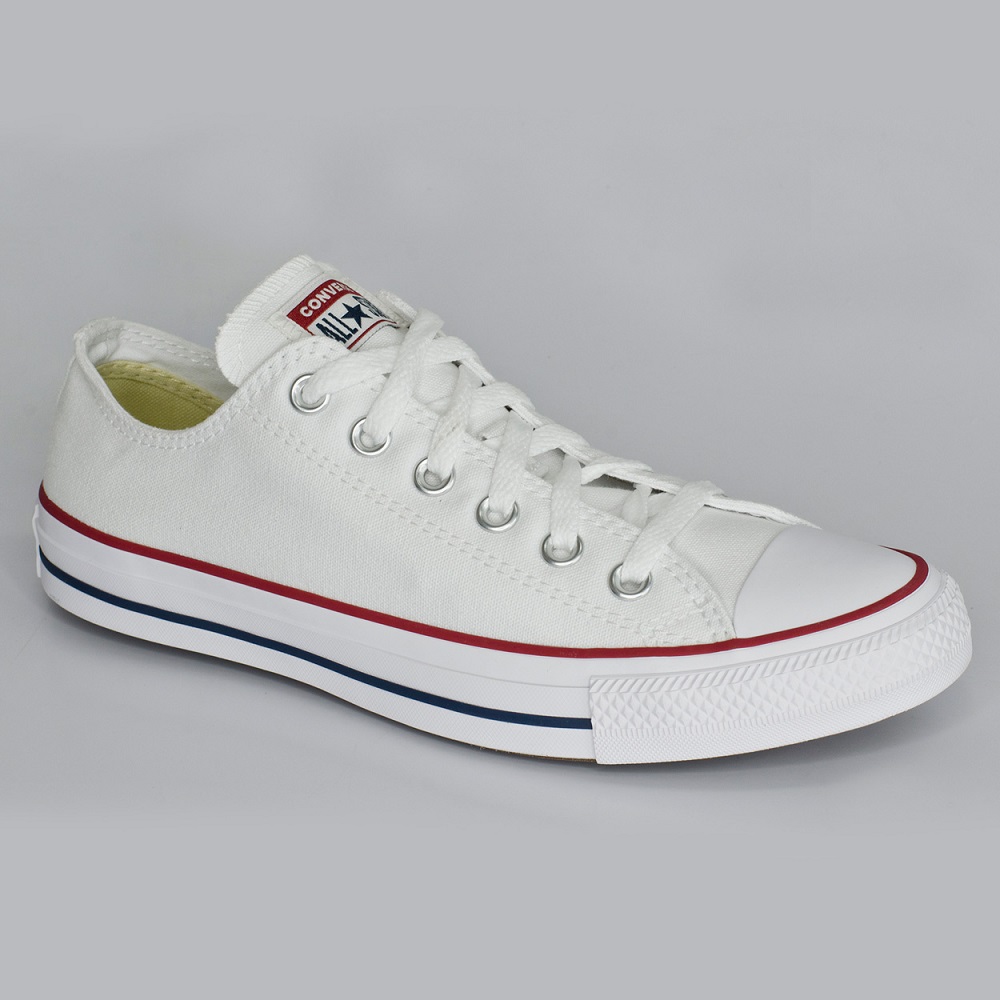
The Journey of Crafting Sneaker Designs
In conclusion, the journey of crafting iconic sneaker factory designs is complex and multifaceted, encompassing historical evolution, advanced technology, and a commitment to sustainability. From the initial concepts developed by designers to the intricate processes involved in manufacturing, each step contributes to the final product adorning millions of feet worldwide.
Sustainable practices, ethical labor, and technological advancements not only enhance the quality of sneakers but also reflect changing consumer values. As preferences shift towards environmentally friendly and socially responsible options, the industry must adapt to meet these demands.
The sneaker factory is a symbol of innovation, craftsmanship, and community. As we move further into the future, understanding this journey will deepen appreciation for the sneakers we wear. Whether you are a collector, an athlete, or a casual wearer, the story behind each pair of sneakers serves as a reminder of the thoughtful creativity that brings these iconic designs to life.


